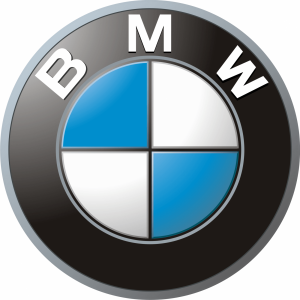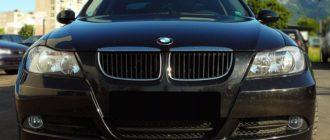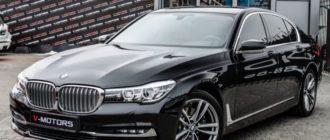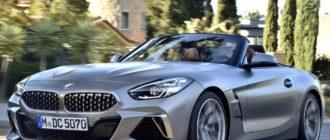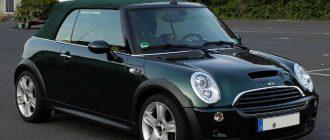The BMW 7 F01 was first showcased in Paris at the 2008 car show. The F01 indicates standard modifications, while the elongated versions were named F02. In 2012, at the Moscow exhibition, variants with updated interior spaces and exterior features were presented.
Exterior of BMW 7 F01
The car received mixed reviews from its fans. However, this is all justified. At first glance, the vehicles may appear like an enlarged fifth model.
Yet, one cannot overlook the high status and solid features of the models because flagship sedans are characterized by their heavy and robust form.
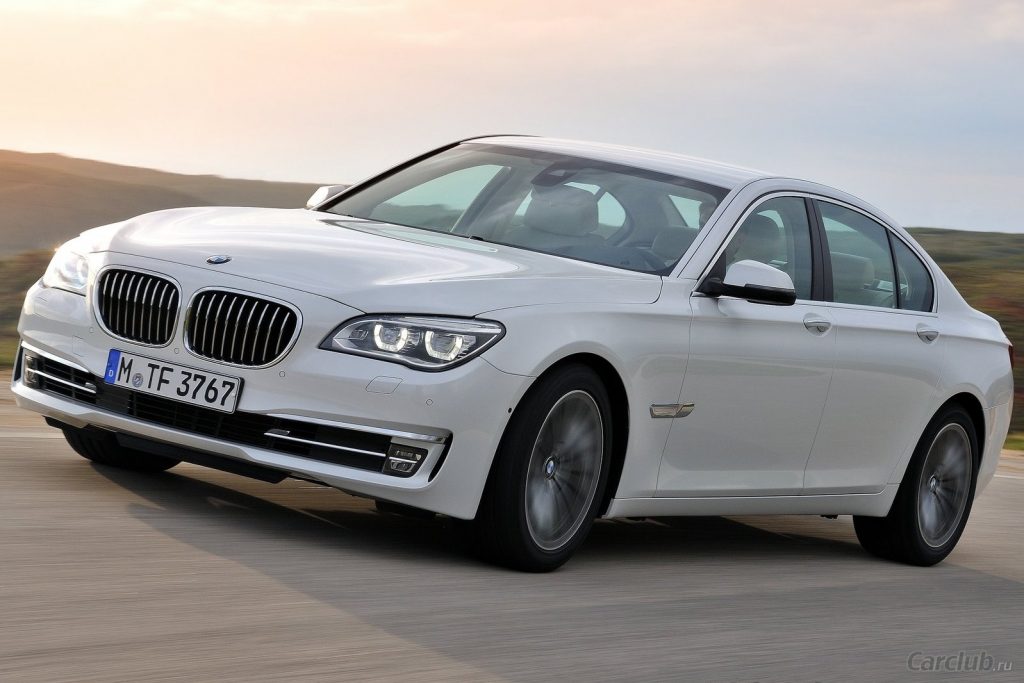
Thanks to the work of the car designers, the vehicles have become popular and stand out from the rest.
All details correspond to a cohesive and complete image. This is the strong point of the exterior of BMW 7 F01.
- The main lighting is LED.
- Bavarian chrome radiator grilles of considerable size, along with relief bumpers and rear LED lights, showcase the sportiness and solidity of the cars.
- The wheel rims range from 17 to 21 inches, highlighting the assertiveness of the Bavarian vehicles.
- In the front bumpers, there is a sense of massiveness. The lower parts feature air intakes, fog lights, and various chrome inserts.
- The sides of the car are plain.
- There are intricate lines running from the front to the rear on the bodywork.
- The wheel arches have slight extensions and a slanted design.
- The front doors feature decorative chrome elements. The same decor can be seen in the handles and window surrounds.
- The rear lighting is LED.
- Large trunk lids with chrome spoilers and electric drives.
- In the rear bumpers, there are reflectors with chrome connecting lines.
- The lower parts feature integrated exhaust pipe outlets.
The cars are serious and expensive. Therefore, no one bothers with external tuning.
- Length — 5.079 m.
- Height — 1.471 m.
- Width — 1.902 m.
- Wheelbase — 3.070 m.
- Ground clearance — 15.2 cm.
Long Wheelbase models with length/width/wheelbase — 5219/1902/3210. The height and ground clearance remain the same.
Lighting Devices
The Bavarians come with angel eyes and LEDs even in the base models.
Wheel Arches
They have been widened and slightly slanted. Now, the BMW 7 F01 cars boast impressive external features. This ensures maximum ventilation of the brake mechanisms concerning the front and rear wheels.
Trunks
Thanks to the electric drives, the massive trunk lids do not cause inconvenience. They can be opened at any position.
Interior of BMW 7 F01
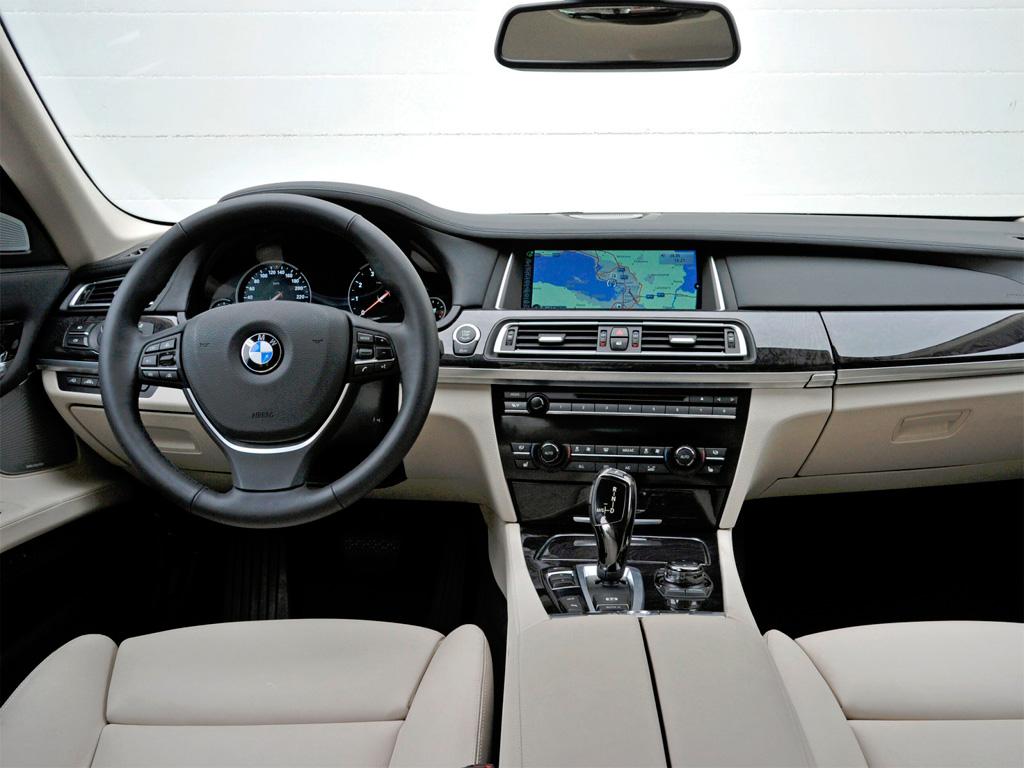
- Impeccable interiors with high-quality materials, seats upholstered in genuine leather with ventilation, adjustment, and heating. It all speaks of the traditions of Bavarian developers.
- The extended models feature buttons for folding the seats in front and extending a footrest for leg comfort.
- There are also multimedia and climate control systems.
- Leather steering wheels with multimedia control features.
- Instrument panels with displays to provide necessary information.
- Central consoles with navigation and multimedia system screens.
- At the bottom, everything is arranged according to the classic scenario.
- The center consoles contain compartments with cup holders, heated and cooled.
- Transmission shifters in their usual positions. Gear selectors are on the left side of the knobs.
What's Special About These Sedans
In the BMW 7 F01, the suspension elements remain the same, classic. Double-wishbones in the front, multi-link at the back. The chassis composition has also not changed. They come with active stabilizers and shock absorbers with separate adjustment for compression and rebound with real-time mode.
Disc brakes with individual ventilation. Among the specific models are the armored High Security versions with VR7 protective functions, capable of withstanding horizontal attacks with VR9 loads.
This means that passengers will not be harmed if the cars are shot at with rifles or 7.62mm caliber automatic weapons. These cars weigh 3,825 kg. They are equipped with powerful 12-cylinder engines, producing 544 hp. Accelerating in 6.2 seconds, with a top speed of 210 km/h.
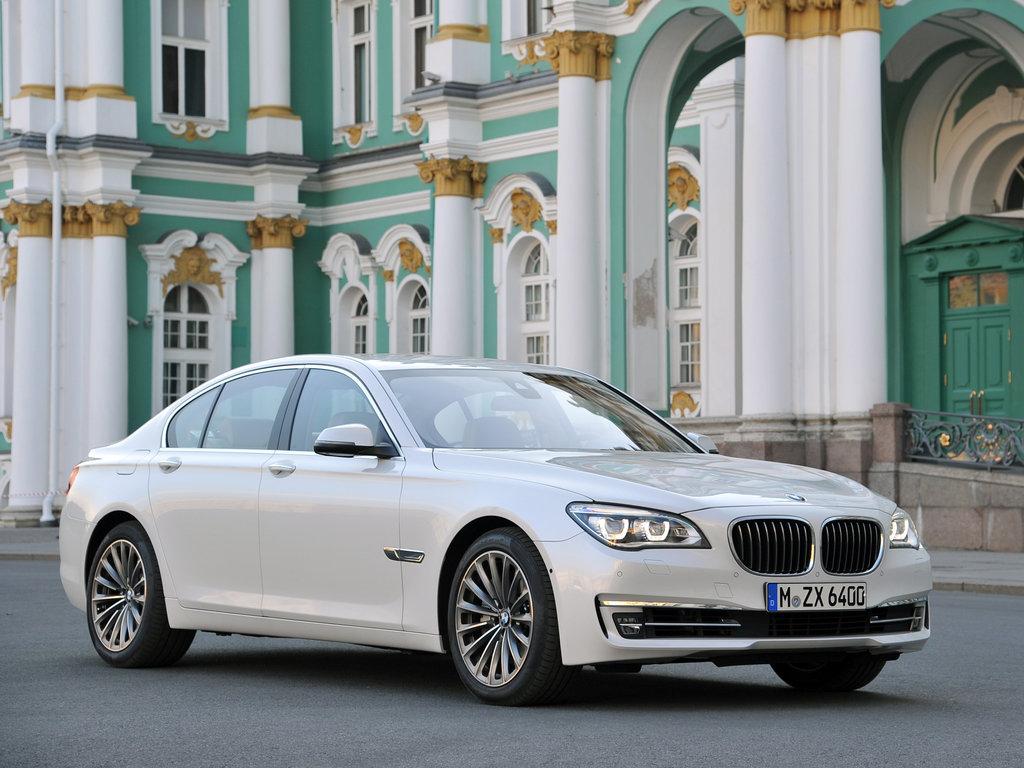
And the ActiveHybrid 7 vehicles with eight-cylinder V engines. They have two superchargers delivering 440 hp. Additionally, they work together with electric motors producing 20 hp. They can accelerate in 4.8 seconds, with a top speed of 240 km/h.
Engines of BMW 7 F01
The 750i models come with eight-cylinder, twin-turbo engines of 4.4 liters. With 408 hp (after modifications 449 hp). Accelerating in 5.2 seconds.
The 3.0L engines in the 740i cars are marked as N54, producing 326 hp thanks to turbos. After restyling, they were replaced by N55 engines, with 320 hp. These are variations of R6 engines, with single turbochargers featuring Valvetronic for variable valve lift.
The 760 Li models are equipped with top-of-the-line twin-turbo 12-cylinder N74 engines. They have a 6.0L capacity, 544 hp, and 750 Nm of torque.
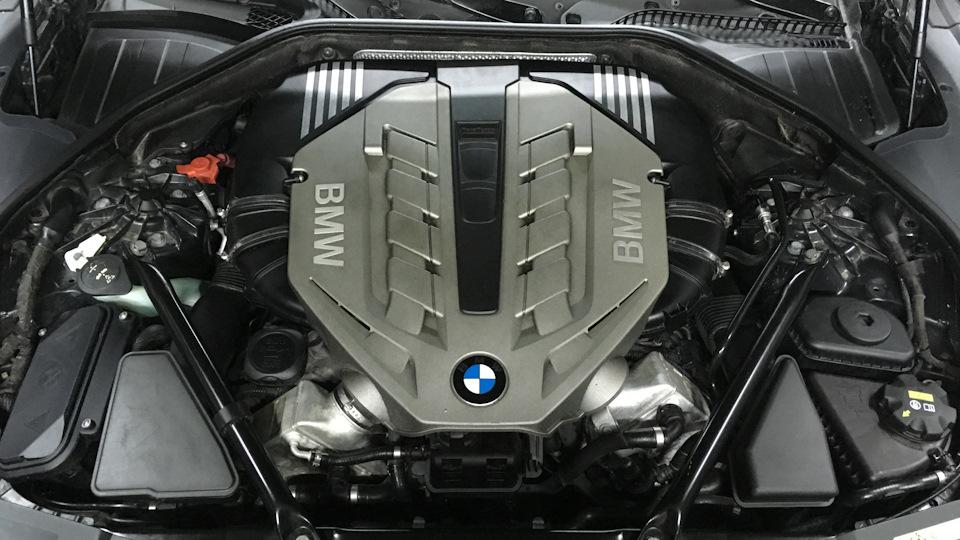
The 730i and 730d feature naturally aspirated engines with petrol N52. With a 3.0L displacement, they produce 258 hp. Others come with turbocharged N57 diesel engines, with 245 hp from a 3.0L engine.
The 740d/750d have diesel power units N57, with operation on 2/3 turbos, respectively.
The biggest problems arise from the 750i models, under the hoods of which are N63 engines. Cons include cylinder block collapses containing two turbochargers, exhaust manifolds, and catalytic converters. This leads to high temperatures.
As a result, the power units are heavily heat loaded. After 100,000 km, the oil seal caps wear out, leading to oil leaks. With increased lubricant consumption, valves become dirty, and piston rings get clogged. Oil consumption rises to 1.5L per 1000 km.
The pipes supplying lubrication to the turbos also get clogged. Turbos are quite expensive. Rapid wear occurs in vacuum, rubber, and plastic cooling mechanism components due to high-temperature conditions.
Important! Users recommend changing the oil seal caps after 80,000 km. Installing cooler thermostats to cool liquids and oil. Regularly changing the lubricant. Monitoring the radiator cleanliness. Tracking oil consumption to avoid engine replacement after 100,000 km.
The N74 units installed in the 760i cars do not have common problems due to high thermal loads, as there are no turbos or catalysts in the blocks. However, due to the large number of cylinders, repairs can be costly.
The 740i cars, with N54B30O0 engines, show issues after 150,000 km, rarely reaching 200,000 km. Vulnerable parts include fuel pumps, superchargers, ignition coils, and Vanos valves.
After restyling operations, N55 engines were installed in these cars, but they consume a lot of oil. This is because the crankcase vent valves are constantly clogged. Fuel pumps with injectors also do not boast special durability.
Important! Among the gasoline engines, the naturally aspirated N52 engines installed in the 730i are considered the most reliable. Problems with them are almost non-existent.
The N57 engines in the diesel models suffer from wear on the damper pulleys on the crankshafts and plastic gears in throttle bodies after 200,000 km. Fuel pumps may also wear out after 150-250,000 km.
When the cars exceed 200-250,000 km, the stretched timing chains for the camshaft mechanisms need to be replaced. These parts are located behind the engines, so they need to be pulled out first, significantly increasing repair costs.
In the 740d models, there may be chain drive failures. Owners do not immediately recognize the breakdowns because there are no signs. Extended operation highlights the superchargers in the N57. Unstable operation may be due to malfunctions in vacuum hoses or converters.
Equipment of BMW 7 F01
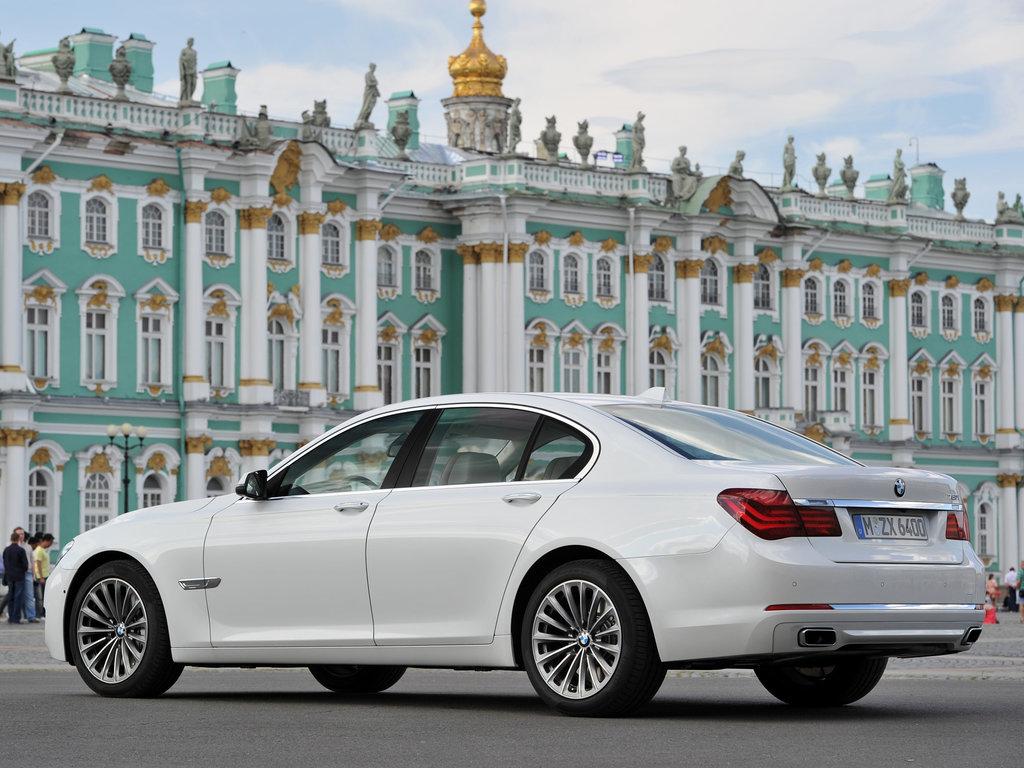
Standard cars come equipped with:
- Power steering;
- Pneumatic suspension elements;
- Systems for lateral stability of the car;
- ABS;
- Airbags (6 pcs.).
- Climate control;
- Light, rain, and tire pressure converters;
- Electric packages;
- Alloy wheels;
- Cruise control;
- Engine start buttons.
Restyling and facelift
After May 2012, the updated BMW 7 F01 cars immediately gained popularity.
- Received updated optics.
- The grilles now have 9 vertical partitions (previously 12).
- Turn signal indicators were added to the side mirrors and rear bumpers.
- The instrument panels were digitized.
- The seats have a different shape.
Read: Test Review of BMW 5 E39 and Review of the Visuals and Characteristics of the New BMW X3 2018—2019 (G01)
